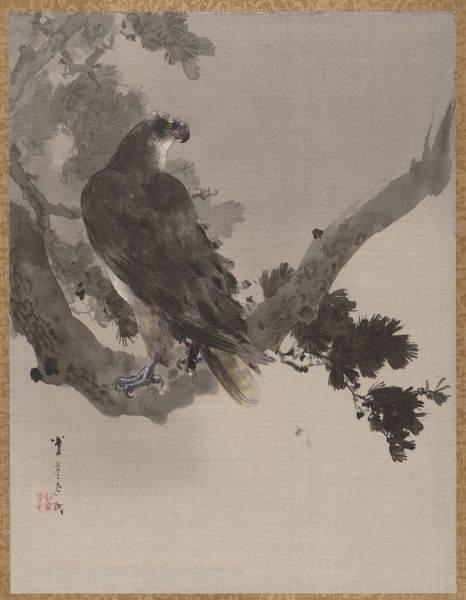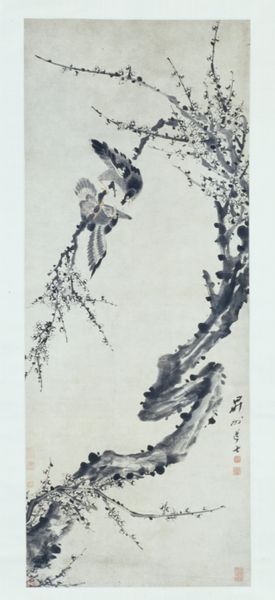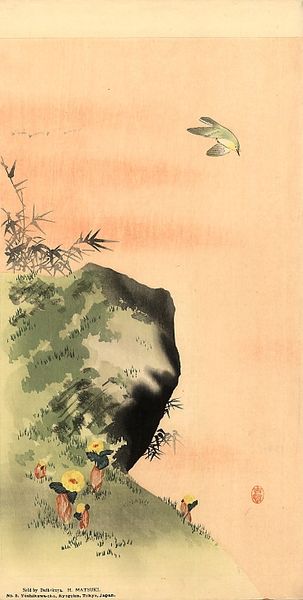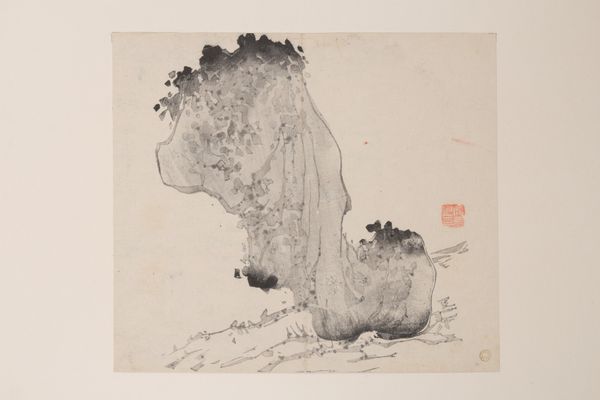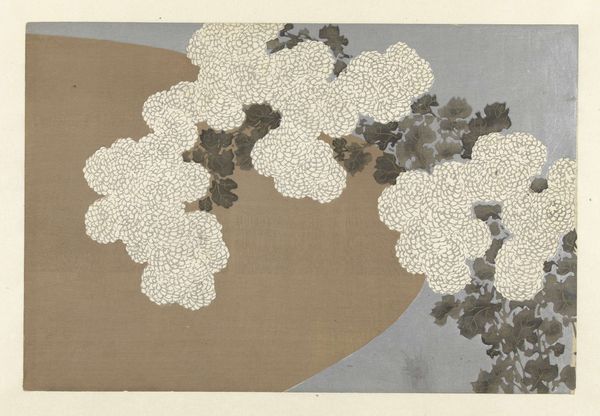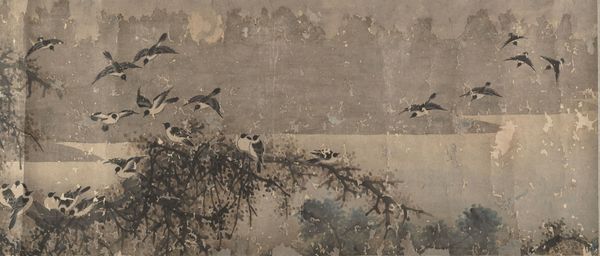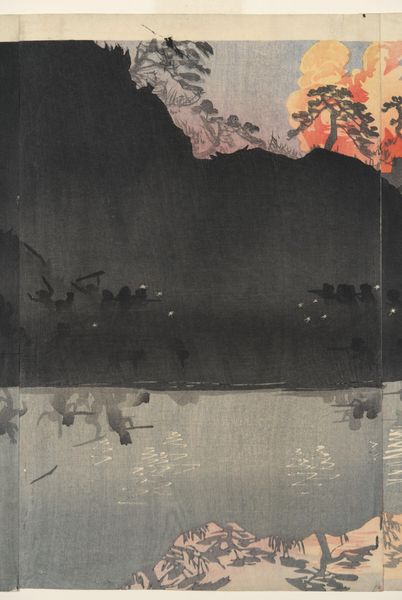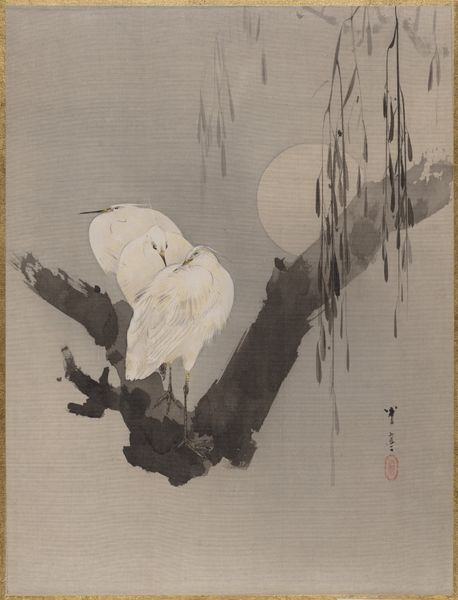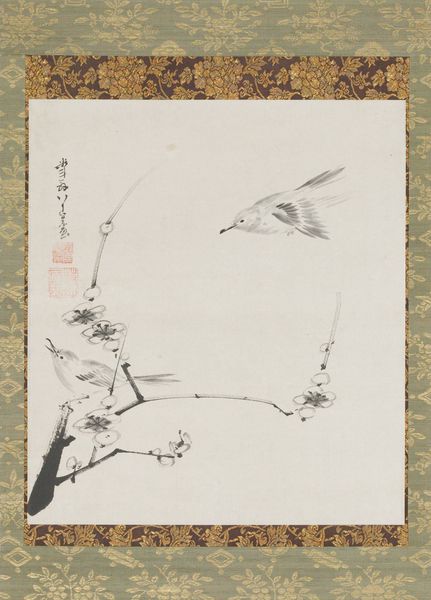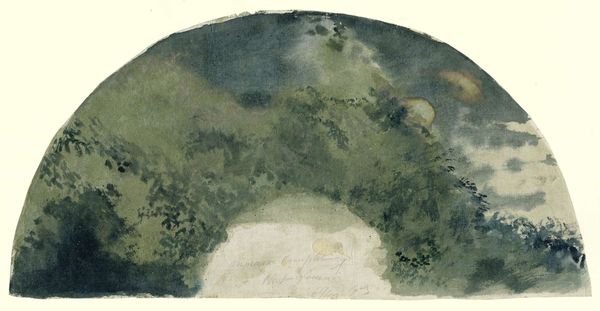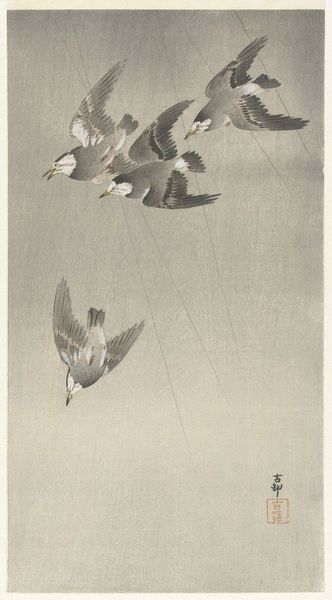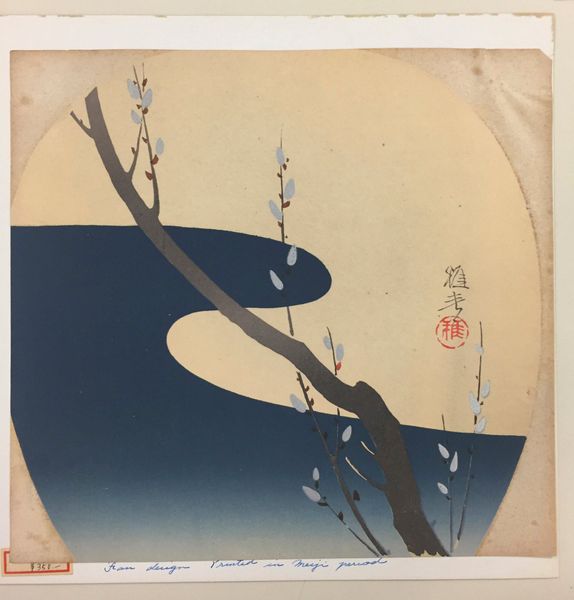
Dimensions: height 250 mm, width 239 mm
Copyright: Rijks Museum: Open Domain
Tsukioka Kôgyo made this woodblock print called "Kwartels," or "Quails," sometime between the late 19th and early 20th centuries. It depicts a small bird perched on a rock, pecking at a flower, all set against the backdrop of a pale moon. This image creates meaning through visual codes and cultural references. It reflects the Japanese aesthetic tradition known as "kachōga," which emphasizes the depiction of birds and flowers. "Kacho" prints like this one were often commissioned by wealthy merchants or members of the literati class, reflecting their refined tastes and appreciation for natural beauty. To understand this artwork better, we can consult historical texts, examine other examples of "kachōga" prints, and study the social and cultural context of Meiji-era Japan. The meaning of art is always contingent on its social and institutional context.
Comments
No comments
Be the first to comment and join the conversation on the ultimate creative platform.
